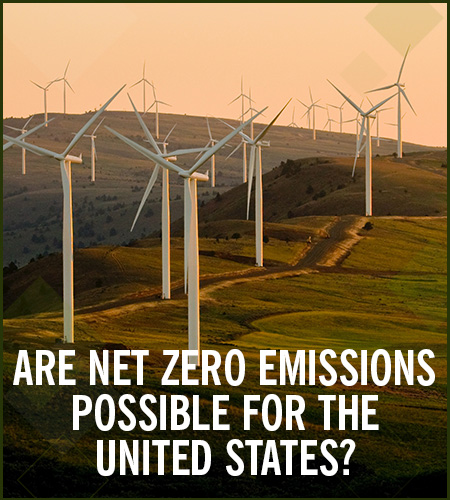Goldilocks Returns; Market Ends Week “Just Right.”
The Weekly Update
Week of January 20th, 2025
By Christopher T. Much, CFP®, AIF®
Stocks roared back last week, fueled by upbeat Q4 corporate reports and economic news that stalled inflationary fears.
The Standard & Poor’s 500 Index rose 2.91 percent, while the Nasdaq Composite Index advanced 2.45 percent. The Dow Jones Industrial Average led, picking up 3.69 percent. The MSCI EAFE Index, which tracks developed overseas stock markets, added 2.00 percent.
Goldilocks is Back
The “Goldilocks” narrative—an economy that’s neither too hot nor too cold—made a comeback last week.
Tuesday’s Producer Price Index report showed that wholesale prices rose less than expected in December—one piece of evidence suggesting a cooling economy.
Stocks jumped out of the gate Wednesday after the December Consumer Price Index (CPI) report showed core inflation (minus volatile energy and food prices) rose less than expected. Investors also cheered Q4 reports from a handful of money center banks and positive news out …



